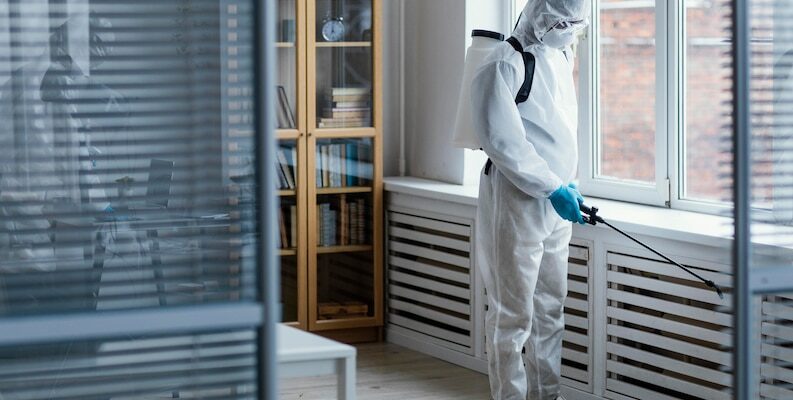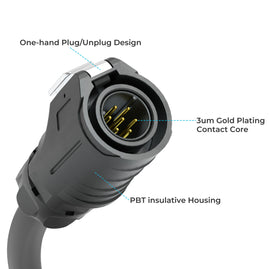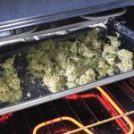Indoor air quality is critical to maintaining a healthy and comfortable living environment. One often overlooked factor affecting air quality is microbial growth, including mold, within your home’s air ducts. Mold spores and other microorganisms can thrive in the dark, damp environment of ductwork, potentially leading to health issues and compromised air quality. In this article, we will explore the causes of microbial growth in air ducts, the risks it pose, and strategies for effective mold control.
Understanding Microbial Growth in Air Ducts
Microbial growth in air ducts is a common issue that homeowners may not even be aware of until it becomes a serious problem. Here’s what you need to know about this issue:
- Causes of Microbial Growth
- Humidity: High humidity levels within the ducts, often caused by leaks or condensation, create an ideal environment for mold and other microorganisms to flourish.
- Dust and Debris: Dust particles, pet dander, and other debris that accumulate in air ducts provide a food source for microorganisms.
- Stagnant Air: Ducts that are rarely used can have stagnant air, encouraging microbial growth.
- Risks Associated with Microbial Growth
- Health Concerns: Exposure to mold and other microbes in the air ducts can lead to respiratory issues, allergies, and other health problems, particularly in individuals with compromised immune systems.
- Reduced Air Quality: Microbial growth can lead to unpleasant odors and reduced air quality, causing discomfort for occupants.
- Energy Efficiency: A dirty and microbial-infested duct system can impede the efficiency of your HVAC system, leading to increased energy bills.
- Signs of Microbial Growth
- Musty Odors: A persistent musty or moldy smell in your home can indicate microbial growth in the ducts.
- Visible Mold: In some cases, mold may become visible inside or around air ducts.
- Health Symptoms: If occupants experience unexplained health issues such as coughing, sneezing, or congestion, it may be linked to poor air quality caused by microbial growth.
Mold Control Strategies
Preventing and controlling microbial growth in air ducts is crucial for maintaining a healthy indoor environment. Here are some effective strategies :
- Regular Duct Cleaning – Schedule professional duct cleaning services to remove dust, debris, and microorganisms. This should be done at least every 3-5 years or more often if there are signs of contamination.
- Addressing Moisture Issues – Identify and fix any sources of moisture within your ductwork, such as leaks or condensation. Proper insulation and ventilation can help prevent future moisture problems.
- Air Purification – Consider installing UV germicidal lamps within your ducts. These lamps emit UV-C light, which kills microorganisms and prevents their growth.
- Regular HVAC Maintenance – Schedule routine HVAC maintenance to ensure your system is clean and functioning efficiently. This can help prevent microbial growth.
- Improved Ventilation – Enhance ventilation in your home to reduce humidity levels and promote air circulation. Using exhaust fans and opening windows when the weather permits can help.
Conclusion
Microbial growth, particularly mold, within your air ducts can significantly impact indoor air quality and the health of your household. Proactively preventing and controlling microbial growth ensures a safe and comfortable living environment. Regular duct cleaning, addressing moisture issues, and investing in air purification are practical steps toward achieving mold-free and healthier air ducts. Prioritizing the cleanliness of your ductwork not only improves indoor air quality but also contributes to your family’s overall well-being.










Comments